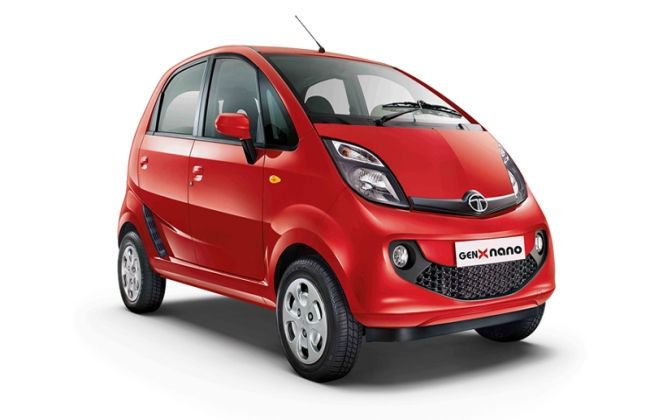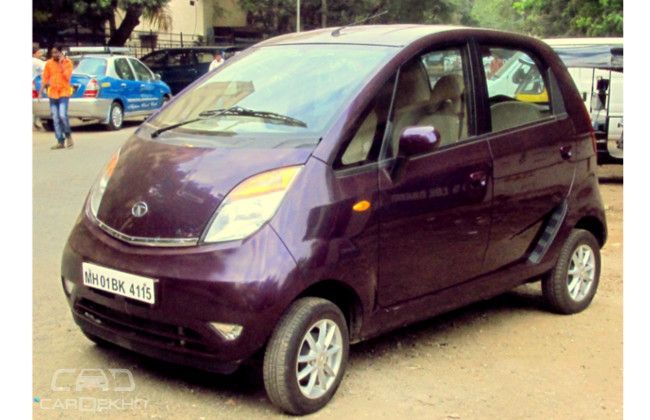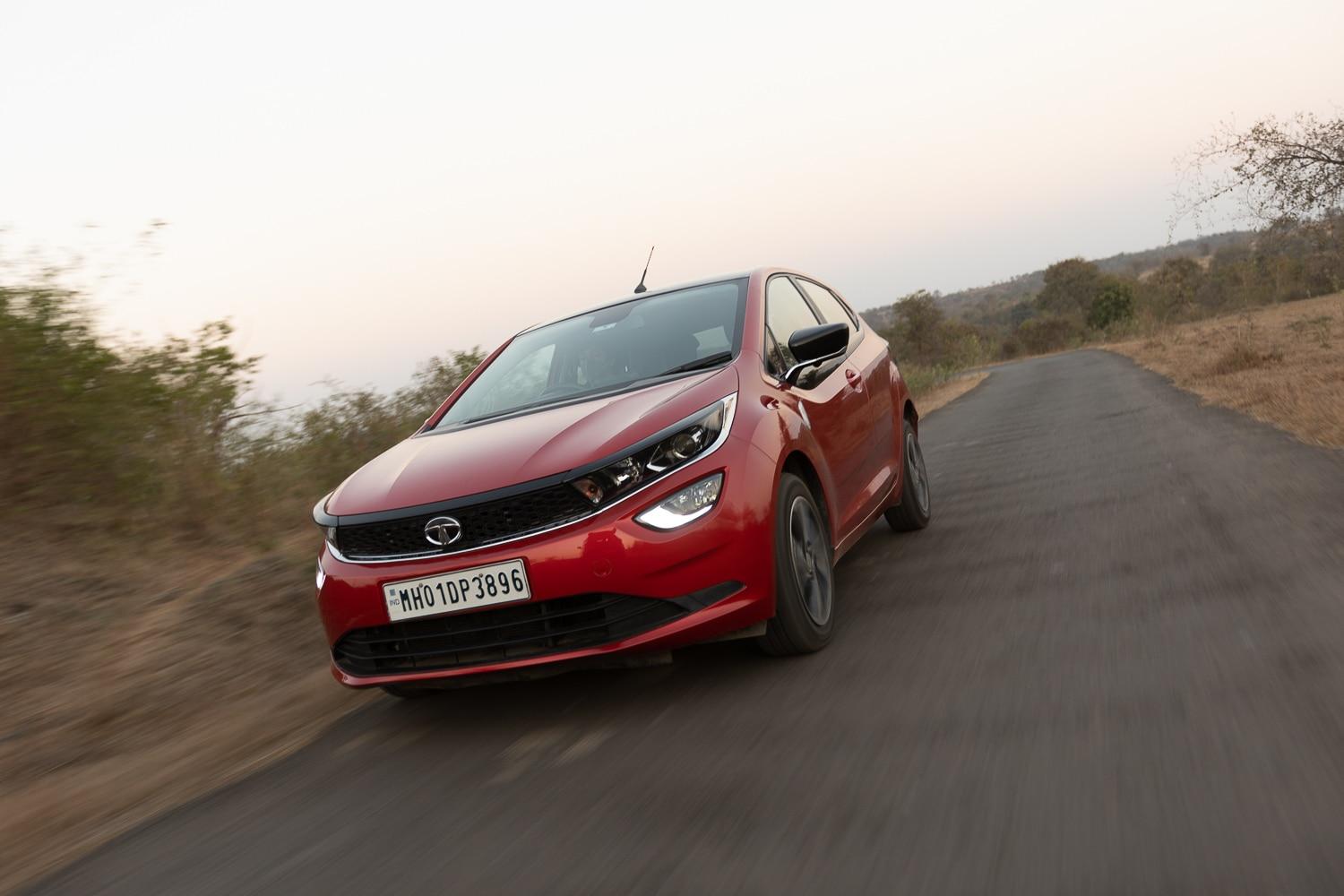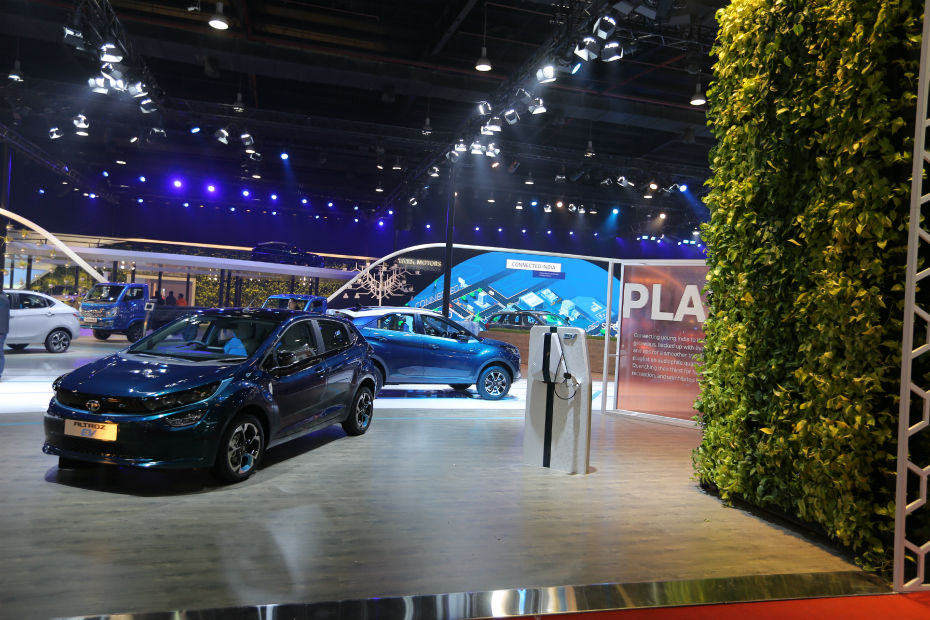Tata Nano: Revival Required
Modified On Feb 22, 2017 05:00 PM By Rachit Shad for Tata Nano
- 42K Views
- Write a comment

Back in 2008, when Tata Motors announced that it had started the production of the highly-anticipated car-for-the-common-man, the Nano, everyone waited patiently to witness the final product. The moment was no less than the making of the first VW Beetle, which, in 1938, was built to be a car for everyone in Germany. But the Nano had more burden on its shoulders as it promised to be the cheapest new car that money can buy anywhere in the world.
It was only in 2009 that customers started getting their Nanos. The starting price was, as promised, Rs 1 lakh giving it the 'cheapest car in the world' tag. It was designed to encourage people to opt for a four-wheeler instead of a two-wheeler. This marketing gimmick never worked for the home-grown auto giant as customers in India preferred to not buy the ‘cheapest’ offering in the industry. And why would they? Tha Nano lacked the oomph and the go power its competitors offered for marginally more money.

Soon after, the Nano started receiving updates, mostly in terms of creature-comfort features and, obviously, the price was hiked with every updated edition. The current-gen Nano, the GenX, has a starting price tag of Rs 2.19 lakh and goes all the way up to Rs 3.16 lakh for the top-end AMT variant (both prices, ex-showroom Delhi). Yes, the Nano has matured over the years, but it now costs over twice of its original sticker price. Thus, the biggest selling point for the Nano - the low price - not only kept people away from it initially, but was also wiped off over the years.

The most daunting challenge for the Nano is to justify its very existence in the Indian market, where customers would rather wait, save and then spend on a product to get a value for money proposition. So what should Tata Motors do to revive their whole idea of a common man’s car? Here’s what we think will make the Nano worth the money.
Passenger Safety:
It is one aspect where the Nano needs to work the most. The car’s eggshell design and the thin sheet metal won't do much to protect passengers in the event of an accident. While basic structural strengthening is a must, Tata Motors should also equip the car with at least two airbags and anti-lock braking system (ABS) as standard. Even the seat belts require pretensioners in their recipe. Apart from these basic inclusions, we hope Tata reworks the ride of the Nano. The tall height, soft-set suspension and the tiny 12-inch wheels aren't exactly the perfect recipe for a flat ride. The little Tata also feels lofty at highway speeds, which could be looked into as well to make the occupants feel safer inside the car.

Performance:
Here, Tata Motors should take inspiration from the Renault Kwid. The little French hatchback isn’t the most powerful and neither is the most refined. But, the performance figures are good enough for a peppy runaround within a city’s vicinity. Its engine has 3 cylinders, which is a bare minimum these days for anything on four-wheels. On the other hand, the current-gen Nano is powered by a 2-cylinder 625cc engine which produces 38PS of power and 51Nm of torque. The engine does feel strained and gets vocal too easily, which dampens the drive experience. More cubic capacity will not only make the motor feel at ease, but will also control NVH levels to a great extent.

Re-branding:
Let’s face it, the ‘cheap’ car tag isn’t working for the Nano. And with the starting price in excess of Rs 2 lakh ex-showroom, the Nano has a couple of strong competitors. Tata Motors needs to evaluate where it stands against the current offerings in the same price range - the Datsun redi-GO and the Renault Kwid. Both the new entrants have their own set of unique selling points. The redi-GO has a modern, funky outlook which falls right in tune with the youth of today. The Kwid, on the other hand, offers loads of space and practicality in a price tag which is marginally above its competition. It is time for India’s largest automaker to get back to the drawing board and rethink the idea of a cheap-but-cheerful offering. Tata has got it spot on with the Tiago, so we're sure they can get this one right too.

Majority of customers in India want the best value for their money. Their needs, however, can be different - some will lean towards practicality, while others might want a good-looking wagon. Even though the Nano comes from one of the oldest players in the automotive industry, it has been sadly outclassed by new entrants from Japan and France. The only way that the Nano can be saved from being axed altogether is to make it more potent. It doesn’t have to be the best at everything and neither a compromise on all fronts. Rather, the Nano needs to focus on what the customer is after, with a budget of Rs 3-4 lakh. Tata also needs to understand how its counterparts from Datsun and Renault carved out a respectable recipe and let go of pursuing people to upgrade from a two-wheeler.
0 out of 0 found this helpful










